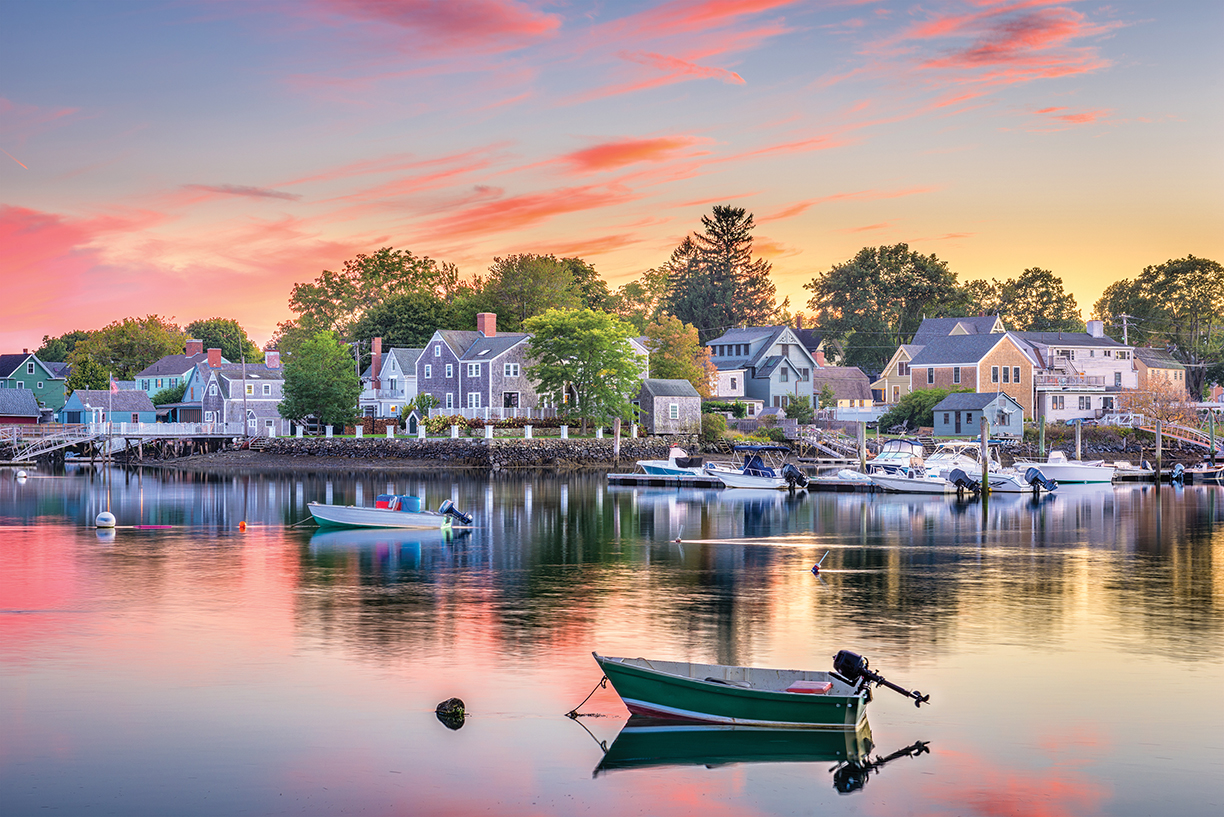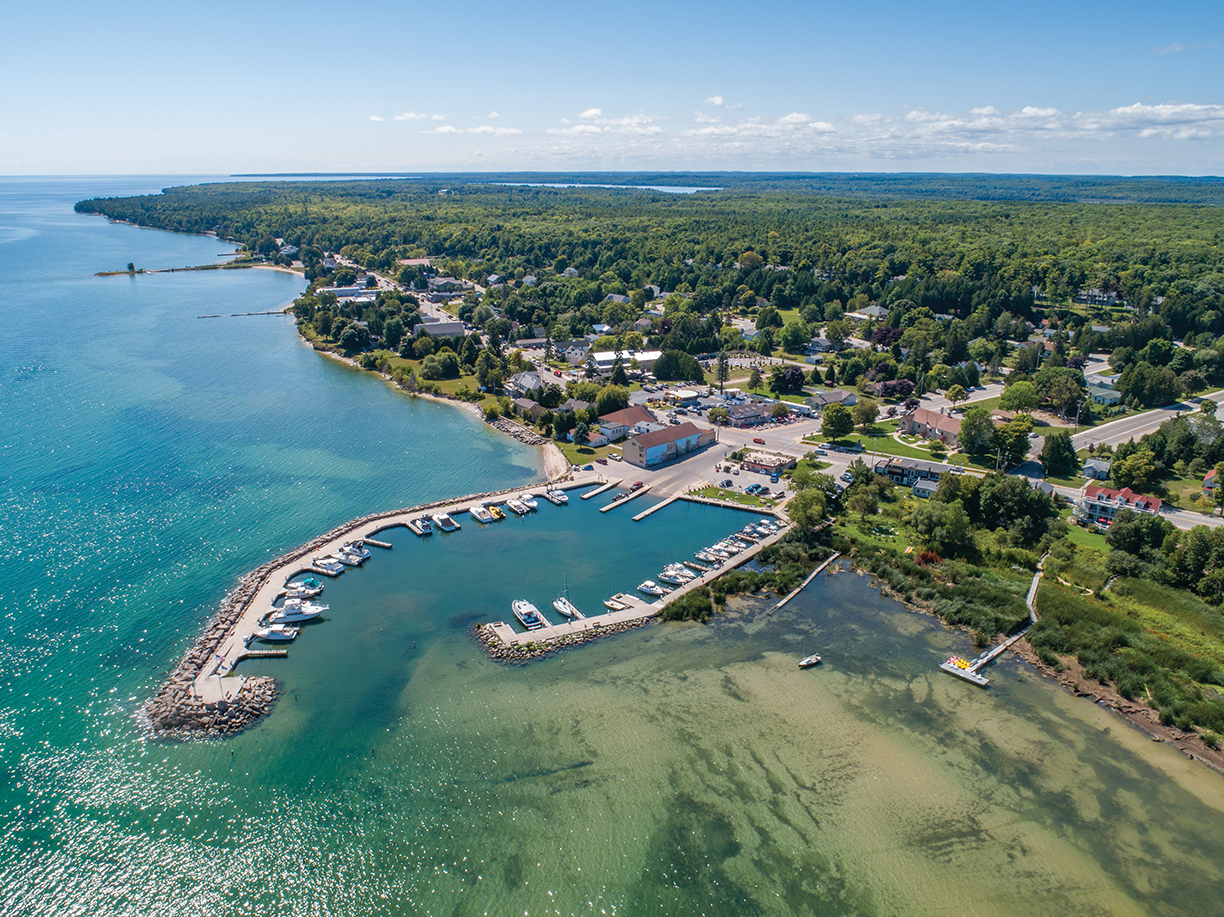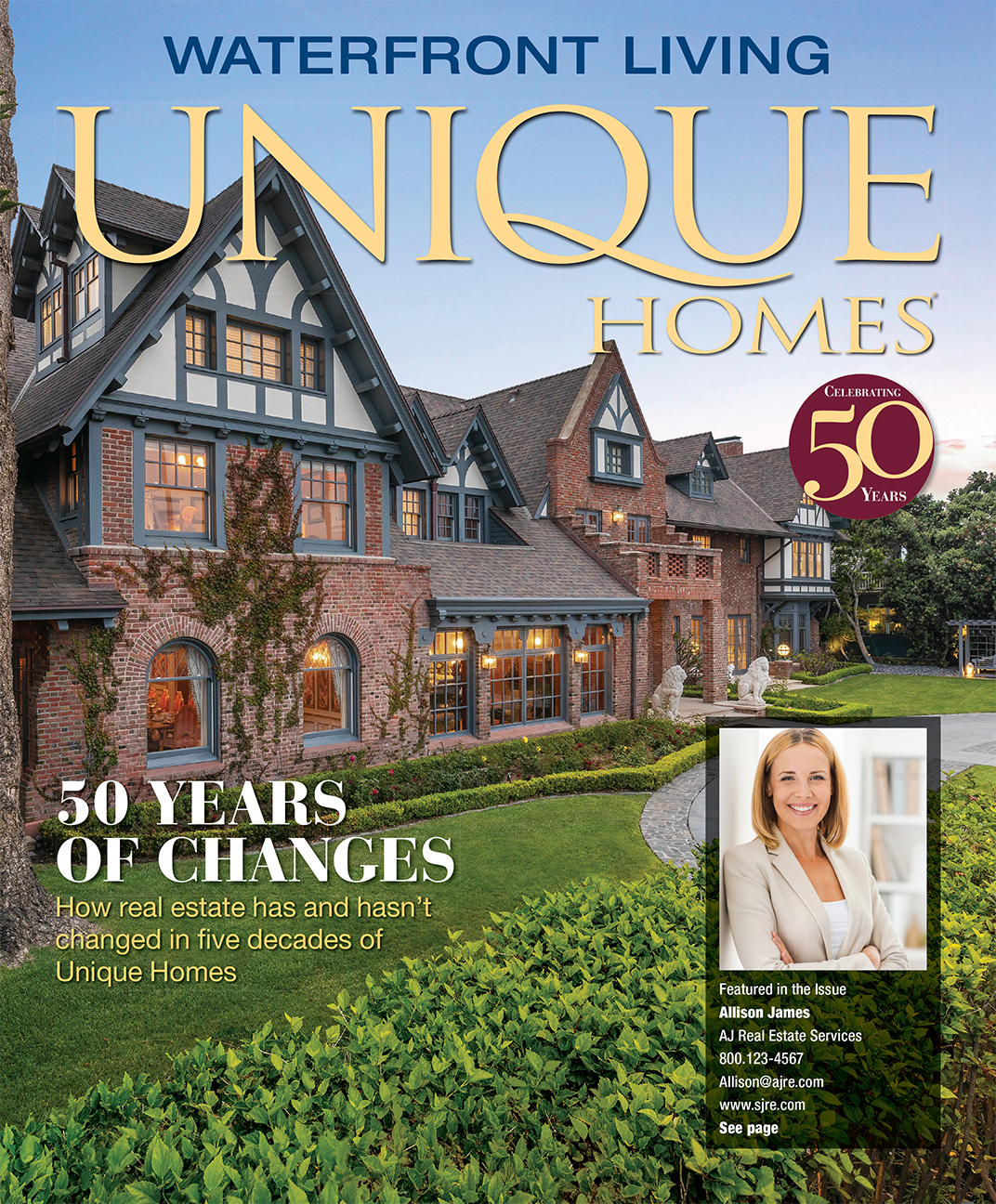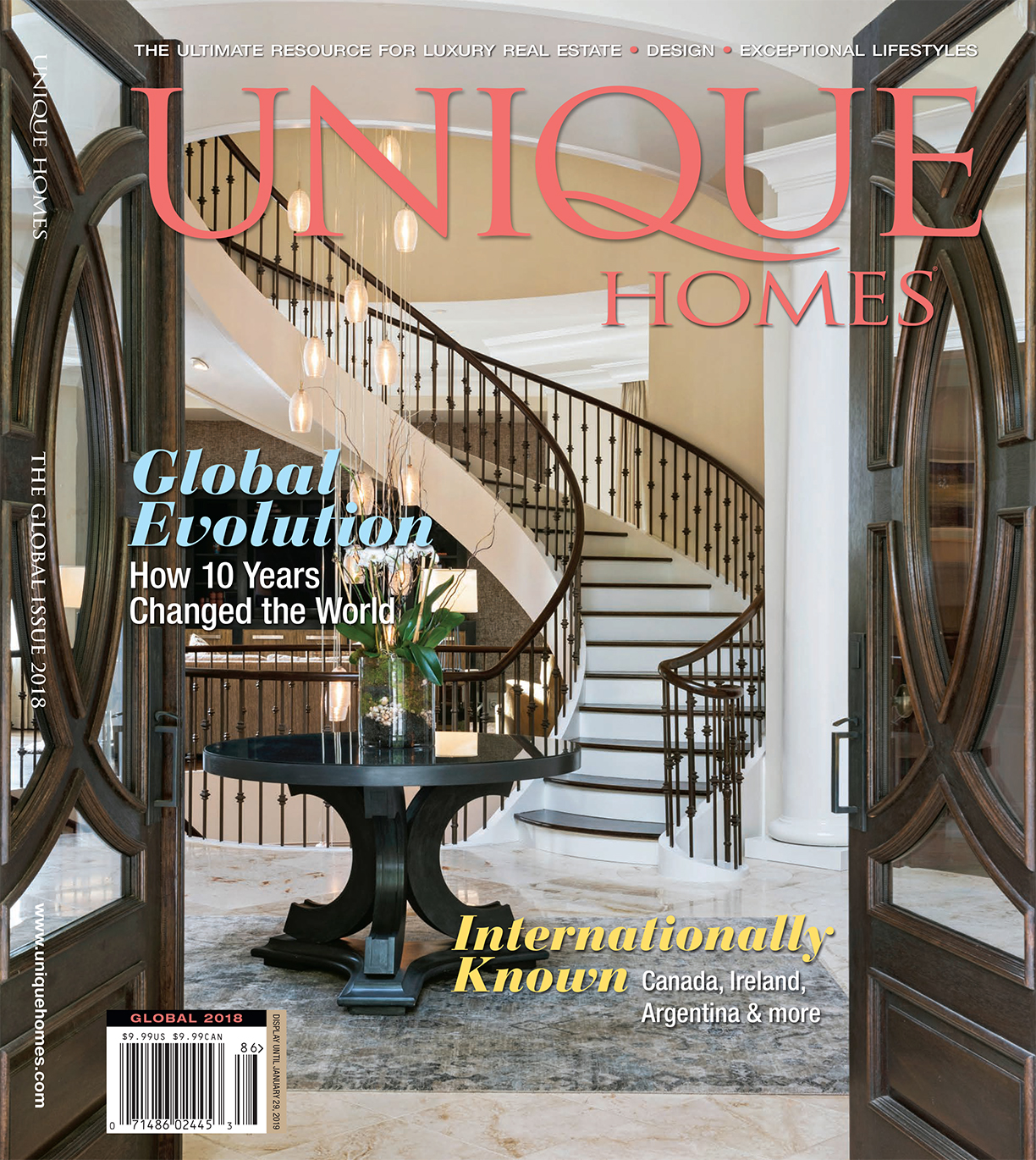Featured image: ©istockphoto.com / Chinnapong
It’s time to discover these 10 extraordinarily refined places, each with distinctly different waterfront experiences.
THIS ARTICLE ORIGINALLY APPEARED IN THE UH Summer ’21 ISSUE OF UNIQUE HOMES. TO SEE THE DIGITAL VERSION OF THIS STORY, CLICK HERE.

More than a football team, The Green Bay Packers have a real estate arm called Titletown Development LLC. Together, phase two of the mixed-use real estate development in Ashwaubenon, Wisconsin, will include approximately 220 residences and a four- or five-story office building by summer 2020.
Settled directly west of Lambeau Field, Titletown includes a spacious public park and plaza, outdoor games, the Bellin Health Titletown Sports Medicine & Orthopedics Clinic, and more for everyone to enjoy. “While many are under the impression that Titletown will strictly attract Green Bay fans, it’s our mission to go above and beyond the demographics. We’ve already received interest in our residences on a global scale,” says Ed Policy, the chief operating officer and general counsel of the Green Bay Packers.
Phase two of the project is set to begin construction in spring 2019 and will bring up to 150 units in an apartment building that varies in size, 70 to 90 residences of various styles of townhomes, and an office building with the space to allow for 400 workers. “It’s a unique position to be able to see what this new community will evolve into, especially considering our expectation of attracting more notable retail and commercial businesses as we grow,” says Policy.
Rendering courtesy of KTGY Architecture + Planning.
At the International Builders’ Show, John Burns Real Estate Consulting identified six new home construction and repair/remodeling design trends.
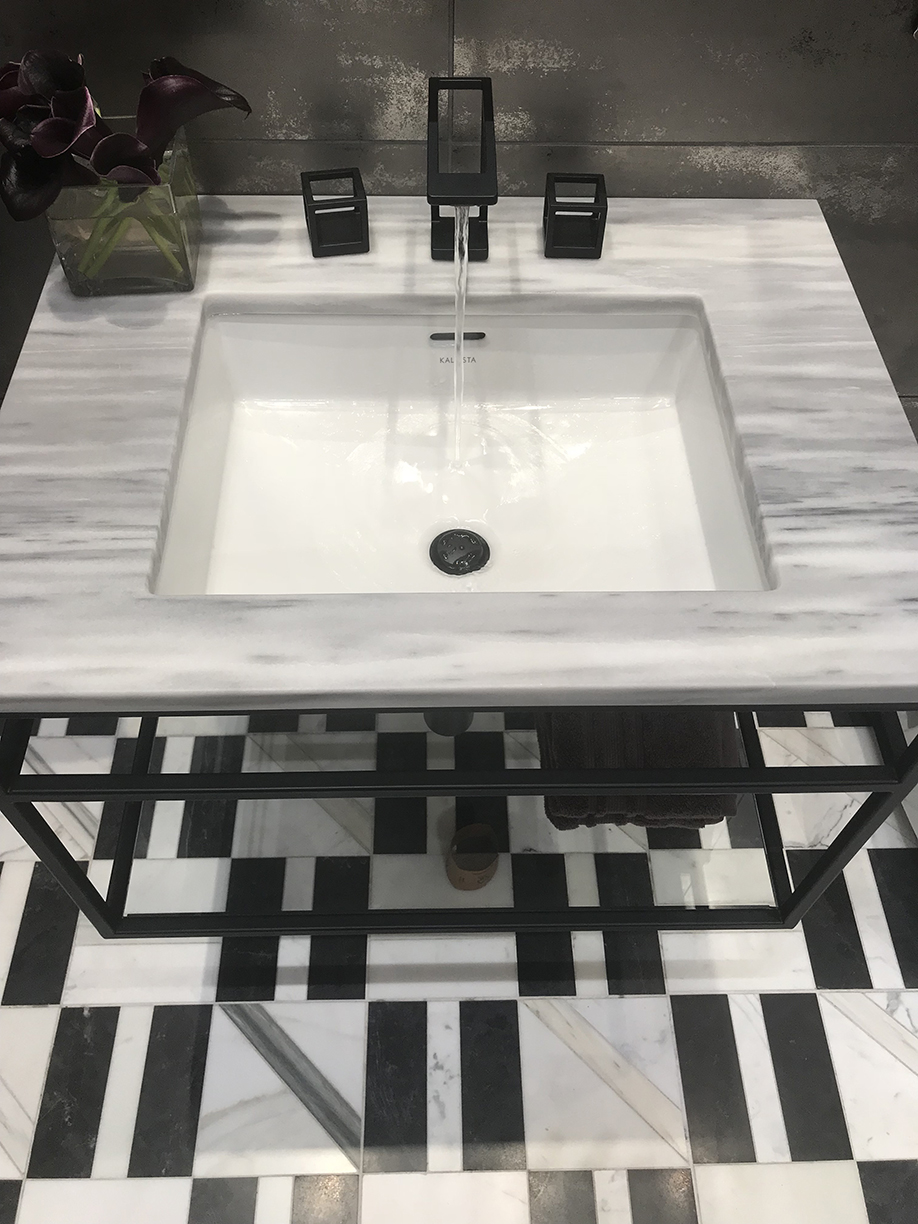
Backed by significant consumer research — which has become easier thanks to consumer behavior on websites such as Houzz and Pinterest — building products companies continue to offer new products to stay one step ahead of the competition. John Burns Real Estate Consulting’s growing building products research and consulting business, as well as its DesignLens™ business, continue to help the company inform its expanding builder and developer clients.
- ioT Connectivity
- Labor Efficiency
- Engineered Products
- Black Finishes
- Simplified Customization
- Ultra Modern
Internet of Things (IoT) technologies open the door to whole-home connectivity.
Amazon’s Alexa and other personal assistants have opened the flood gates for smart home products, especially in plumbing, appliances and home security.
- Plumbing: Companies debuting the latest smart bathroom products at 2018 International Builders’ Show included Moen, Delta, KOHLER and American Standard.
- Appliances: ioT connected products for the kitchen and other parts of the home were also on full display. ioT connectivity is important because it makes using smart products throughout the home a seamless, user‐friendly experience.
- Home Security: Smart products related to home security have been around for a few years, but companies like Broan‐NuTone and Baldwin have rolled out new introductions with enhanced features including voice‐control though Amazon and Microsoft platforms.
Labor efficient products take center stage.
Building product manufacturers continue to invest in products that streamline the installation processes, with KATERRA’s large booth the poster child for potential labor disruption this year.
- Turn‐Key Construction Solutions: KATERRA’s booth highlighted its plans to revolutionize construction, controlling nearly every part of the value chain from procurement of raw materials to framing and finish work. It plans to be a one‐stop shop for production building, controlling cabinet manufacturing, finish plumbing installation and wood floor manufacturing.
- Wall Panels: Manufacturers have been designing products that eliminate labor in the framing process for several years. At the 2018 International Builders’ Show, Huber Engineered Woods debuted advanced versions of its R-Series Modular Wall Sheathing Panels, in four different thicknesses, as insulated wall panel solutions for various climates. Structural wood panels with protective barriers eliminate the need for house wrap and on-site framing. It also provides a continuous barrier to moisture and air that optimizes energy efficiency.
- House Wrap/Seals: Residential‐grade sealants and tapes have been around for decades but companies are beginning to design better, more forgiving products that create efficiencies in the framing process. Many companies, including DuPont and Georgia Pacific, introduced new flexible tapes that cover wide surface areas while creating tight seals around exterior wall outlets or between structural panels. Framing crews can spend less time measuring and cutting outlets to precise fits because these products seal any imperfections that exist as a result of a quick cut.
- Fittings: A modular under the sink rough‐in plumbing solution that eliminates the need for on the job‐site pipe fabrication, sweating and sealing was launched by Keeney Manufacturing Co this year. The pipes can be connected in just three steps, similar to other labor‐eliminating quick‐connect fittings and supplies on the market.
- Plumbing: Updating a shower is one of the most expensive, labor intensive components of a bathroom remodel. In recent years, many plumbing manufacturers have launched retro‐fit ‘custom‐shower’ solutions that allow plumbers to upgrade a shower without going behind the wall, saving time and money for the installer and homeowner.
Engineered products offer better design and less maintenance.
Engineered products look increasingly like their natural counterparts, often at better or comparable prices, and continue to offer meaningful value propositions to the trade and consumers.
- Windows and Doors: Door manufacturers continue to build lower‐maintenance doors made from metal or composites that look just like solid wood alternatives.
- Structural Lumber: LP debuted a new subfloor, infused with Gorilla Glue, that it markets as stronger and more water resistant than traditional OSB.
- Decking: Trex and other composite decking manufacturers continue to expand offerings that make deck installation and maintenance simpler for the installer and homeowner.
- Engineered Wood Products: Weyerhaeuser launched a new parallam® that it claims is one of the most durable engineered wood beams on the market and it comes in the form of a fireplace mantel — a unique application that has become fashionable in interior design.
- Siding: Companies continue to develop siding made from metal or composites that offer the look of wood but are designed to shorten installation times and eliminate maintenance for the homeowner.
- Plumbing: Paneling solutions for custom showers continue to gain popularity in the custom‐shower segment as these products not only eliminate labor (panels are far less labor intensive than tile), but they also requires less homeowner maintenance (no grout, fewer leak paths). Although plumbing manufacturers have been designing similar products for years, solid surface and laminate manufacturers such as Wilsonart are now introducing products for this segment as well.
- Countertops and Surfaces: Engineered Stone (also known as ‘Quartz’) product offerings continue to grow, emphasizing easier to maintain products than natural stone slabs like granite, marble and soapstone. Consumers often prefer engineered designs because the factory‐controlled process provides a consistent look. With major laminate and solid surface players such as Corian making large investments in this now very‐competitive market, prices may come down as more capacity comes online.
Black is back.
Black finishes dominate the appliance, plumbing, hardware and window/door exhibits.
In the design community, it’s often difficult to delineate between what is fast‐fashion and what will become a mass trend. In 2018, it is clear that black finishes are a huge trend in the building products industry. Home appliance manufacturers debuted ‘black stainless’ several years ago, and plumbing, hardware and window and door manufacturers have quickly followed. Mixed metals, perhaps a developing trend, often include black as well.
Customizing becomes simpler.
Customized product offerings this year focused on minimizing costs and complexity for the consumer. Standouts included private-label hardware options, mix-and-match handle/spout colors and finishes and appliance panel customizing options.
The design community and homeowners love choice. Custom product specification has historically been a complex and expensive process, but product manufacturers have invested heavily in lines that offer the customer more options to truly customize or personalize a space. Higher‐end finishes such as specialty door hardware no longer need to be specified from a separate vendor or commissioned made‐to‐order from local artisans. Today, consumers can get similar modifications directly from the door, cabinet, appliance or window manufacturer, making product customization easier than ever.
Design has shifted to ultramodern.
Exhibitors highlighted ultramodern interior designs in the 2018 International Builders’ Show, mirroring the home builder shift to ultramodern home elevations.
Many new product launches across categories leaned ultramodern in their design aesthetic, mirroring the home builder shift to ultramodern home elevations. Themes included large/oversized formats in doors, surfaces and plumbing products; modern cubist/geometric design in tile, surfaces and plumbing products; and unique ombre finishes.
Photo courtesy of Steve Basten at John Burns Real Estate Consulting
State capitals are oftentimes thriving cities with a lot of economic and cultural value. In fact, they can be some of the best places to live in America. But not all state capitals are created equal. WalletHub has put together a list of 2018’s Best State Capitals to live in. And though 17 of them are the largest cities in their states, the biggest population doesn’t always represent the best quality of life.
In order to determine which state capitals make the best homes, WalletHub compared all 50 across 51 key indicators of affordability, economic strength, quality of education and health, and overall living standards. Our data set ranges from cost of living to K–12 school-system quality to number of attractions.
Best State Capitals to Live In
- Austin, TX
- Madison, WI
- Boise, ID
- Lincoln, NE
- Bismarck, ND
- Raleigh, NC
- Denver, CO
- Salt Lake City, UT
- Juneau, AK
- Concord, NH
- Columbus, OH
- Helena, MT
- Olympia, WA
- Oklahoma City, OK
- St. Paul, MN
- Cheyenne, WY
- Montpelier, VT
- Pierre, SD
- Des Moines, IA
- Phoenix, AZ
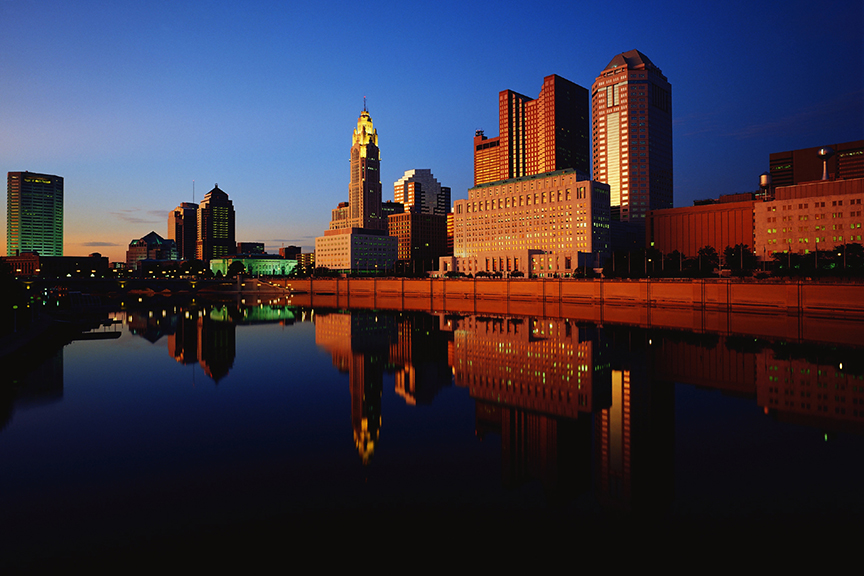

Pictured above: Columbus, OH waterfront; Oklahoma City, OK
Out of these places:
- Juneau, Alaska, has the highest median household income (adjusted for cost of living), $67,310, which is 2.6 times higher than in Hartford, Connecticut, the city with the lowest at $26,264.
- Bismarck, North Dakota, has the lowest unemployment rate, 1.7 percent, which is 4.6 times lower than in Hartford, Connecticut, the city with the highest at 7.8 percent.
- Providence, Rhode Island, has the lowest share of state-, local- and federal-government employees, 8.4 percent, which is 4.6 times lower than in Juneau, Alaska, the city with the highest at 38.4 percent.
- Madison, Wisconsin has the highest share of adults 25 years and older with at least a bachelor’s degree, 56.3 percent, which is 4.7 times higher than in Trenton, New Jersey, the city with the lowest at 11.9 percent.
For the full story, and the entire list of best small cities, visit WalletHub.com.

Phoneix, AZ

Denver, CO
Priced at $10.5 million, this is the most expensive home ever listed in Southeastern Wisconsin.
“Minnewoc,” one of Lake Country’s most stunning estates, is a replica of Anne Boleyn’s castle built in 1892. It has undergone a beautiful renovation and expansion in the last few years. The home also offers more than 800 feet of pristine lake frontage and a private island. Both inside and out, the home provides some of the finest entertaining space.



